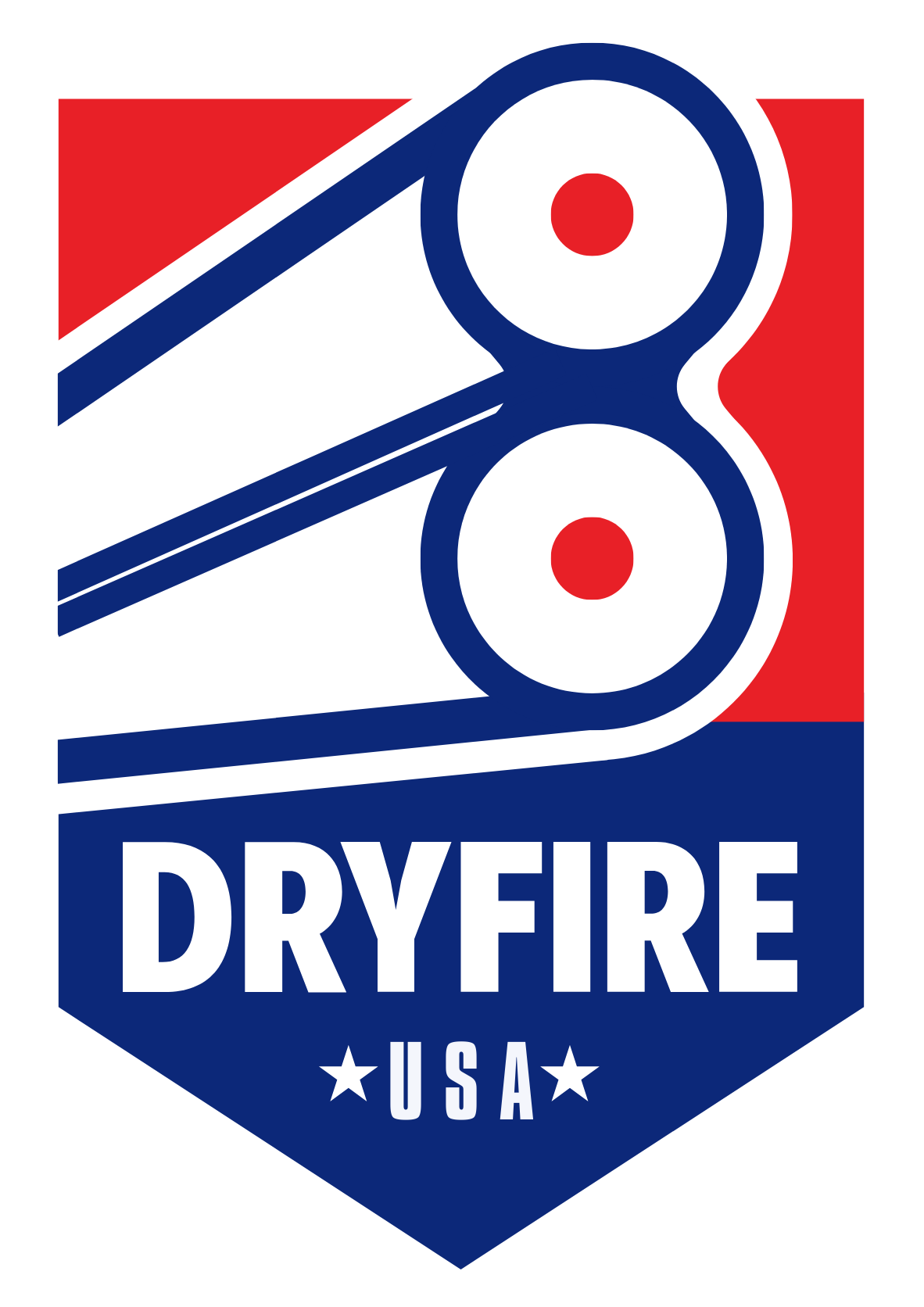Is it suitable for disabled shooters in wheelchairs?
June 2, 2022How much lead do I need, and how curved are the trajectories?
June 2, 2022Customer:
• Clay Shooting is all about lead
• Perceived lead – amount of visible daylight between end of barrel and clay is not dependant on distance to clay (although some additional lead is required for longer distances due to de-acceleration of shot, but forget this for the moment).
• The lead is a geometrical calculation related to speed.
DryFire:
Agreed. Lead is in fact the “angle” ahead of the clay rather than the “distance” ahead of the clay – distance ahead will increase the further away the clay is from the shooter – but the angle will remain almost the same.
Customer:
• Speed is therefore, paramount to understanding visible lead.
• Perceived speed is also paramount.
DryFire:
Maybe “perceived ‘angular’ speed” would be more accurate. In other words, if it takes 1.6 seconds to swing from a clay leaving the High House to reaching the distance marker, over an angle of, say, 110 degrees, then it should take the same time, and swing through the same angle, on a simulator.
Customer:
• A clay at say 60mph at 40 yards range will be perceived as being slower than one at 60mph at 10 yards range.
DryFire:
Agreed. One point here – traps are defined (according to all the rule books!) not in terms of speed, but in terms of the distance thrown and the height at an intermediate point. The longer the distance, and the lower the intermediate point, the faster the clay will be. e.g. a clay thrown 88 yards with an intermediate point of 4 yards at 11 yards out will be a lot faster than one thrown 88 yards with an intermediate point of 8 yards at 11 yards out. It all ends up with slower/faster clays but traps are set up (officially) not by speed but by distance and intermediate height.
Customer:
• With DryFire the shooter to wall is a constant approx. 6-9 feet
• How therefore, is speed dealt with?
DryFire:
Angular speed is the same as on the range. Traps in DryFire are defined in terms of distance thrown and intermediate height – just like the real thing. Stands are designed as being at a certain position and facing a certain direction. So, a stand close-in to a crosser will result in a much faster target spot than a stand defined further away – just like the real thing.
The distance of the shooter from the wall is taken into account by DryFire’s calculations so that the part of the clay’s angular flight that will fit on the wall, as seen by the shooter, is displayed. If you can see a full High House to distance-marker clay on a wide wall at 6 feet from the wall, but you then stand back at 16 feet, it is obvious that you will no longer see the whole flight path on the wall – DryFire will show that portion of the flight path that you would see.
Customer:
• What speeds are represented by the CLAY SLOWDOWN data?
DryFire:
The DryFire Clay Slowdown feature does not change the angular flight of the clay – it simply introduces delays into, or speeds up, the travel over that flight. So, a slowdown factor of 1.5 will make a 2 second clay take 3 seconds. The “normal” value is “1.”
Clay slowdown is not a change to the trap itself (it does not change distance or intermediate height) – it is simply a convenience for training purposes. We like to start people on a factor of 1.5 and work up to 1. We have some Olympic shots who practice at a factor of 0.75 on the grounds that if they can hit those they will have much more thinking time when they shoot real Olympic clays.
Customer:
• Without the shooter appreciating speed, DryFire can’t work.
DryFire:
Absolutely correct. The comments above should answer that – that’s why DryFire’s angular speeds match those of clays from a trap.
